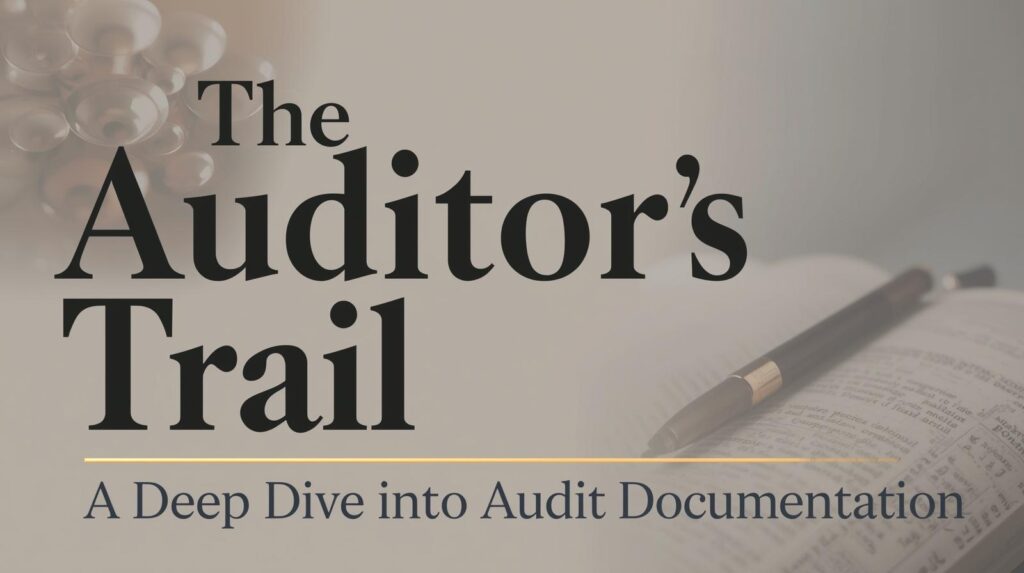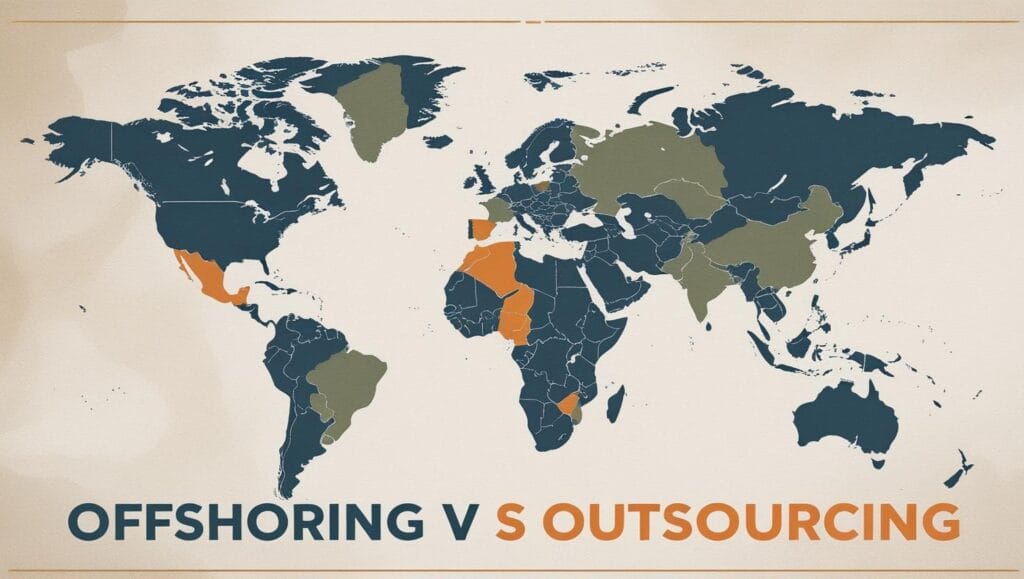10 Expert Tips for a Fast and Accurate Bank Reconciliation
You’ve learned the essential steps of preparing a bank reconciliation. That’s a huge milestone. Now, the goal is to transform that knowledge into a smooth, efficient, and—dare I say—painless monthly habit. A slow, frustrating reconciliation process can delay crucial financial insights. A fast one empowers you to make smarter decisions, sooner.
As a consultant who has helped hundreds of businesses streamline their finances, I’ve identified the core habits that separate an efficient reconciliation from a dreadful one. These tips aren’t just theory; they are field-tested practices that will save you time and dramatically improve your accuracy.
Disclaimer: This guide offers tips for improving your financial processes. It is not a substitute for professional financial advice. Always consult with a qualified accountant for guidance specific to your business needs.
Expert Tips for Efficient Reconciliation
-
1. Reconcile Monthly, Without Fail
This is the golden rule. The single biggest mistake I see is letting reconciliations pile up. Trying to reconcile three months at once turns a 1-hour task into a 10-hour nightmare. Small discrepancies are easy to find; large ones are buried. Make it a non-negotiable, scheduled task for the first week of every month.
-
2. Leverage Technology: Use Accounting Software
Manual reconciliation with a spreadsheet is possible, but it’s 2025. Modern accounting software (like QuickBooks, Xero, or Wave) is the ultimate efficiency tool. Their “bank feed” feature automatically imports bank transactions, and you can create rules to automatically categorize recurring payments like rent or software subscriptions. This automates 80% of the matching process for you.
-
3. Start with Last Month’s Report
Your previous month’s reconciliation is your starting point. It contains the list of outstanding checks and deposits in transit. The first thing you should do is check which of those items have now cleared on the current month’s bank statement. This ensures continuity and prevents old items from being forgotten.
-
4. Be Meticulous with Your Daily Data Entry
The saying “garbage in, garbage out” is especially true in bookkeeping. An efficient reconciliation starts with accurate data entry throughout the month. Ensure you are consistently recording the correct dates, check numbers, amounts, and payee names for every transaction in your cash book. Clean data makes the matching process incredibly fast.
-
5. Create Separate Bank Accounts for Specific Purposes
If your business has a high volume of transactions, consider opening separate bank accounts. A common strategy is to have a main operating account, a separate payroll account, and perhaps a tax savings account. This dramatically simplifies the reconciliation for your main account, as it isolates thousands of payroll transactions into their own, simpler reconciliation process.
-
6. Address Discrepancies Immediately
During your daily or weekly bookkeeping, if you notice a transaction you don’t recognize or a deposit that seems incorrect, investigate it *then and there*. Don’t wait until the end of the month. A quick phone call or email to clarify a transaction on the day it happens saves you from a major forensic investigation three weeks later.
-
7. Don’t Forget Petty Cash
If your business uses a petty cash fund for small expenses, these transactions are a common source of reconciliation errors. Ensure you have a solid process for tracking petty cash. When the fund is replenished, the journal entry must accurately reflect the categories of expenses (e.g., office supplies, postage) that the cash was used for.
-
8. If It Doesn’t Balance, Take a Break
Staring at a spreadsheet for two hours trying to find a $10.54 difference is a recipe for madness. If you get stuck, walk away. Get a coffee, work on something else, and come back with fresh eyes. It’s amazing how often the error becomes glaringly obvious after a short break.
-
9. Know the Common Culprits
When you’re searching for an error, look for these common mistakes first:
- Transposition Errors: You wrote $84 instead of $48. An error divisible by 9 is a classic sign of this.
- Slide Errors: You wrote $100.00 instead of $10.00.
- Duplicate Entries: You accidentally recorded an invoice payment twice.
- Bank Fees/Interest: Forgetting to add bank-side transactions to your book balance.
-
10. Finalize, File, and Forget
Once your reconciliation is complete and balanced, your work isn’t quite done. The final step is to formally save the report. Print or save a PDF of the reconciliation statement, the bank statement, and any supporting notes. File them together digitally or physically. This creates a clean audit trail and allows you to “close the book” on the month and move on with confidence.
Conclusion: Efficiency is a Habit, Not a Hack
As you can see, efficient bank reconciliation isn’t about finding a single magic trick. It’s about building a disciplined process and leveraging modern tools. By being consistent, using technology, and maintaining accurate records throughout the month, you transform reconciliation from a dreaded chore into a powerful and speedy routine that keeps you in complete control of your business’s financial health.

